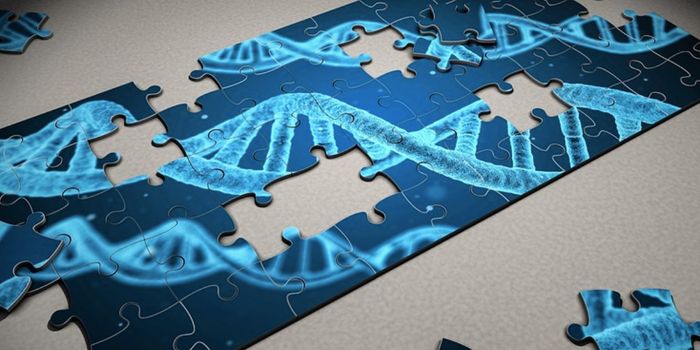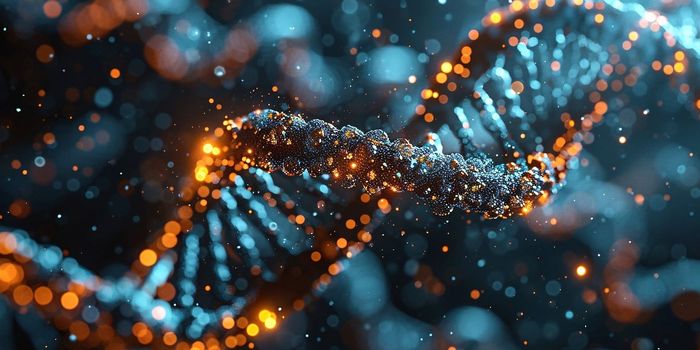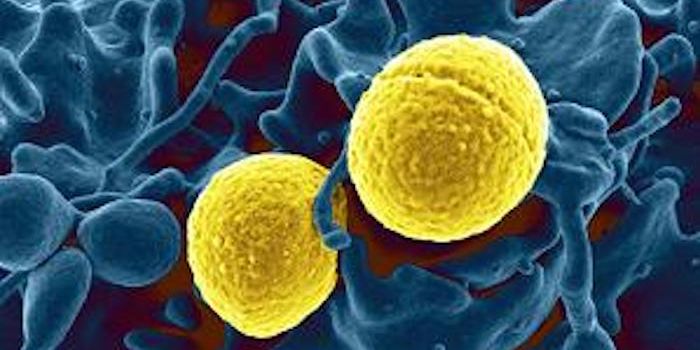Denisovan DNA Recovered From the Tibetan Plateau
Scientists recovered mitochondrial DNA (mtDNA) from a hominid species called Denisovans from samples of sediment excavated from Baishiya Karst Cave (BKC) on the Tibetan Plateau. The researchers determined that the group of Denisovans represented by these samples are closely related to ones identified at Denison Cave in Altai, Russia. Their work, which suggests that Denisovans lived on the Tibetan Plateau for long enough to adapt to high altitudes, has been reported in Science.
The first Denisovan fossil was discovered in 2010 by researchers led by Professor Svante Pääbo, and suggested that Denisovans were widespread in the area in the late Middle Pleistocene. Denisovans are hominins, a tribe in the subfamily of Homininae, which includes humans and chimpanzees.
Investigators led by Professor Chen Fahu at the Institute of Tibetan Plateau Research (ITP) of the Chinese Academy of Sciences (CAS) started recovering artifacts, bones and other samples from BKC. The artifacts were simple, and animals like gazelles and foxes were in the upper layers, while hyenas and rhinoceros were predominant in lower layers. Some animal bones bore cut marks, suggesting that humans had been living there for some time.
The researchers used radiocarbon dating on bone fragments and sediments from different layers of the excavation. This effort suggested that the deepest layers carried simple stone artifacts that were over 190,000 years old, while sand and stone artifacts from upper layers built up over years until about 45,000 years ago, or later.
In this work, the scientists analyzed 35 samples of sediment and extracted any mtDNA they contained. They identified 242 types of mammalian and human mtDNAs, and have expanded our catalog of DNA from ancient hominids.
Human mtDNA associated with Denisovans was found in samples that were deposited in the layers between about 60,000 and 100,000 years ago. Hominid mtDNA from about 60,000 years ago was found to share the closest links to Denisovan DNA found in Russia. The human mtDNA fragments from about 100,000 years ago were more separated, however.
This genetic evidence shows that Denisovans did not only live in the area we now know as Siberia. They seem to have also adapted to life on the Tibetan Plateau. There are still many things we don't know about these hominins, however. Top layers of the sediment have been mixed, so we can't know whether these Denisovans were around long enough to encounter modern humans, for example.
Sources: AAAS/Eurekalert! via Chinese Academy of Sciences Headquarters, Science









